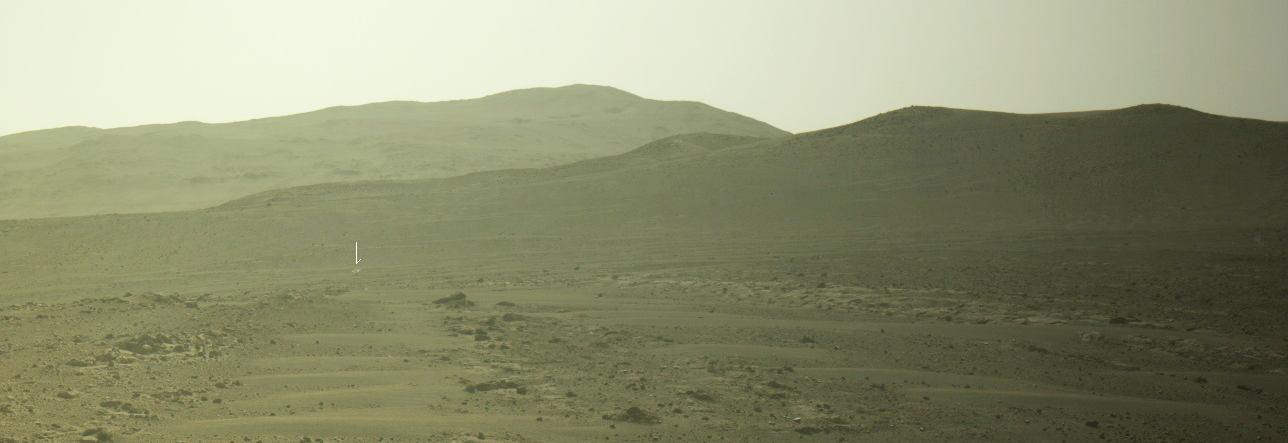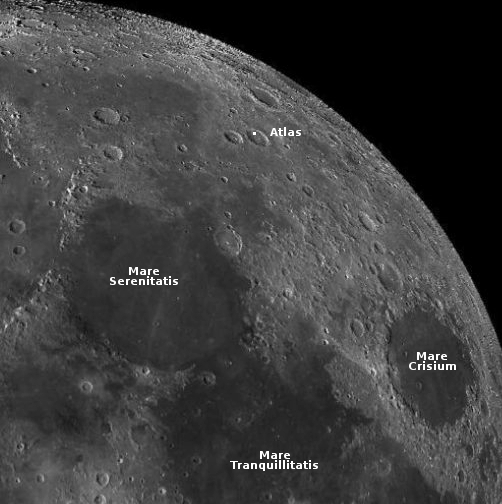UK’s bureaucracy blasted for delaying Virgin Orbit launch
At parliamentary hearings yesterday, the United Kingdom’s Cival Aviation Authority (CAA) was heavily criticized by commercial satellite companies for delaying the launch Cornwall launch by Virgin Orbit by six months.
The harshest words came from a manager at Space Forge, that lost a satellite on that launch when Virgin Orbit’s rocket failed to reach orbit.
Patrick McCall, non-executive director at Space Forge, told MPs on the Science and Technology Select Committee, that if the company sought to launch again in the UK it would be given “short shrift” by investors. “I think unless there is a seismic change in that approach the UK is not going to be competitive from a launch perspective,” he said. “There is no chance that Josh Western [the Space Forge CEO] would win the argument to do the next launch in the UK. Even if the UK came and said you can do it for free, I would say don’t do that.
“I don’t think it’s deliberate, I think people at the CAA want to make it happen, but it’s not working, and either we change that with a seismic shift or we save the money and spend it on other things which are achievable.”
The delay also caused Virgin Orbit serious financial problems, as it prevented it from doing any other launches in 2022, resulting in a significant loss of income.
The committee chair, MP Greg Clark, underlined the testimony afterward:
“It’s a disaster isn’t it?” he said: “We attempted to show what we are capable of, and the result is it’s now toxic for a privately funded launch. We had the first attempted launch but the result is that you as an investor in space are saying there is no chance of investors supporting another launch from the UK with the current regulator conditions.”
During the hearings CAA officials justified their actions, and appeared unwilling to consider any changes.
There are two spaceports now being built in Scotland. If the CAA is not forced to change, it is very likely that commercial satellite companies will find other places in Europe to launch, such as the new Esrange spaceport being developed in Sweden.
At parliamentary hearings yesterday, the United Kingdom’s Cival Aviation Authority (CAA) was heavily criticized by commercial satellite companies for delaying the launch Cornwall launch by Virgin Orbit by six months.
The harshest words came from a manager at Space Forge, that lost a satellite on that launch when Virgin Orbit’s rocket failed to reach orbit.
Patrick McCall, non-executive director at Space Forge, told MPs on the Science and Technology Select Committee, that if the company sought to launch again in the UK it would be given “short shrift” by investors. “I think unless there is a seismic change in that approach the UK is not going to be competitive from a launch perspective,” he said. “There is no chance that Josh Western [the Space Forge CEO] would win the argument to do the next launch in the UK. Even if the UK came and said you can do it for free, I would say don’t do that.
“I don’t think it’s deliberate, I think people at the CAA want to make it happen, but it’s not working, and either we change that with a seismic shift or we save the money and spend it on other things which are achievable.”
The delay also caused Virgin Orbit serious financial problems, as it prevented it from doing any other launches in 2022, resulting in a significant loss of income.
The committee chair, MP Greg Clark, underlined the testimony afterward:
“It’s a disaster isn’t it?” he said: “We attempted to show what we are capable of, and the result is it’s now toxic for a privately funded launch. We had the first attempted launch but the result is that you as an investor in space are saying there is no chance of investors supporting another launch from the UK with the current regulator conditions.”
During the hearings CAA officials justified their actions, and appeared unwilling to consider any changes.
There are two spaceports now being built in Scotland. If the CAA is not forced to change, it is very likely that commercial satellite companies will find other places in Europe to launch, such as the new Esrange spaceport being developed in Sweden.














